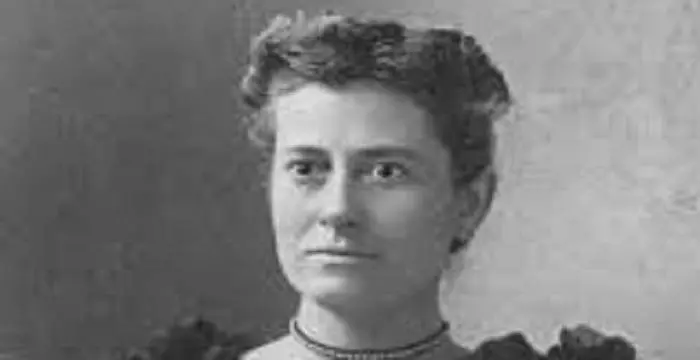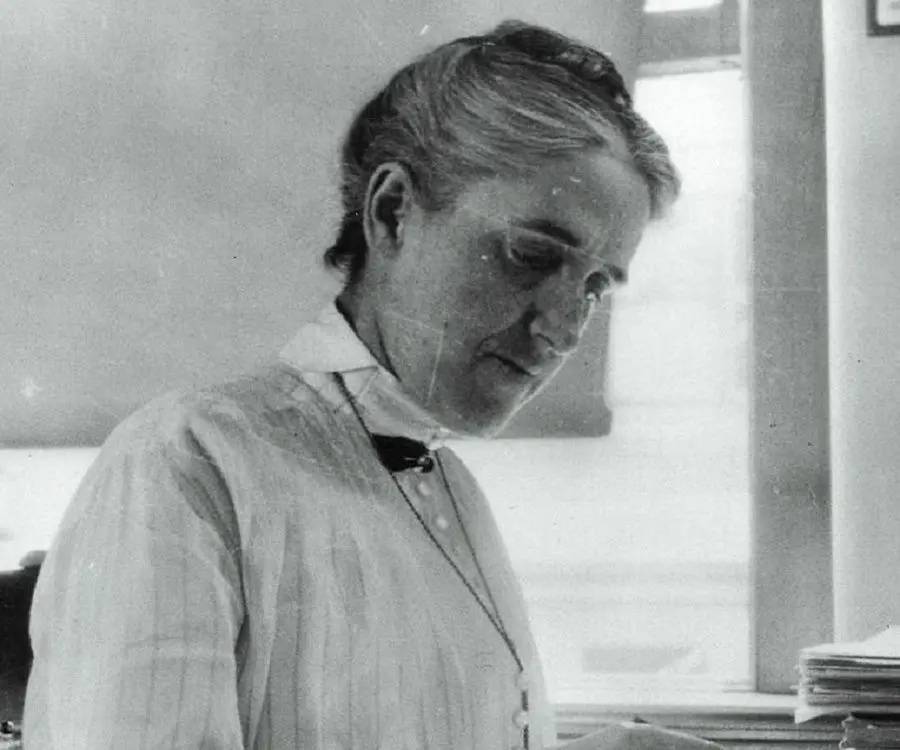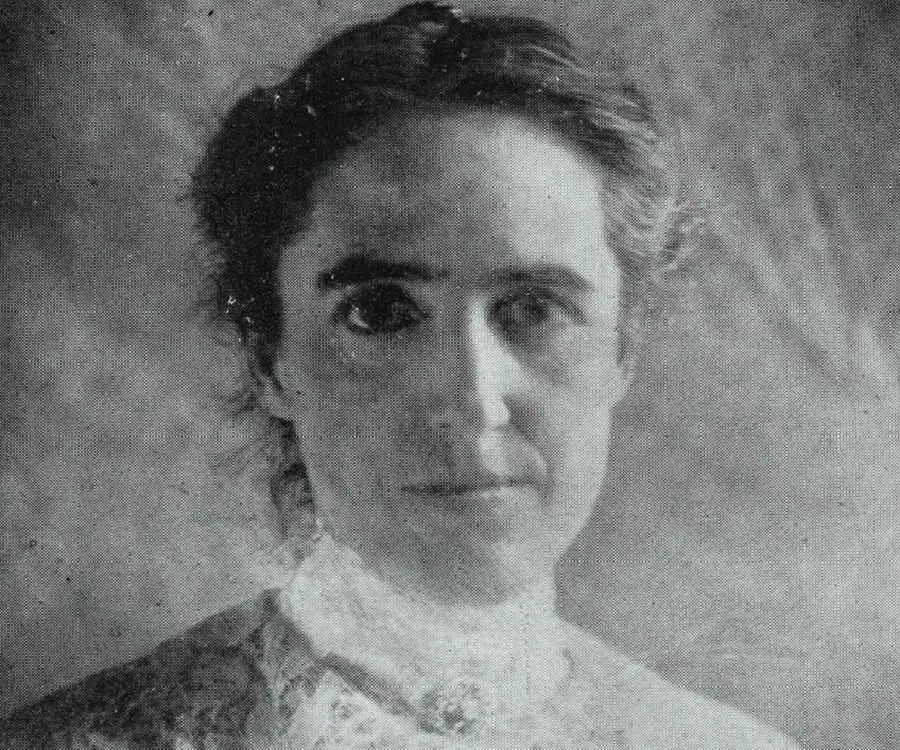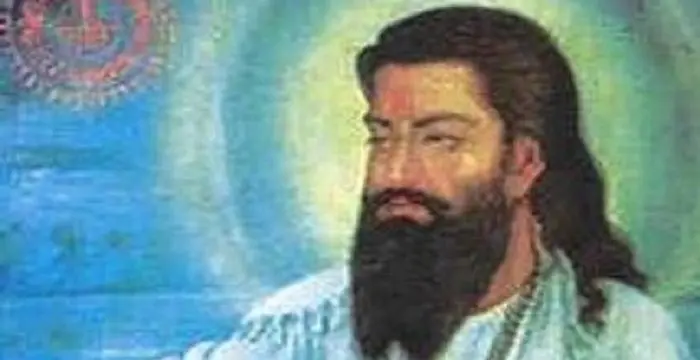
Henrietta Swan Leavitt - Scientists, Timeline and Childhood
Henrietta Swan Leavitt's Personal Details
Henrietta Swan Leavitt was an American astronomer
| Information | Detail |
|---|---|
| Birthday | July 4, 1868 |
| Died on | December 12, 1921 |
| Nationality | American |
| Famous | Scientists, Astronomers |
| City/State | Massachusetts |
| Universities |
|
| Birth Place | Lancaster, Massachusetts |
| Gender | Female |
| Father | George Roswell Leavitt |
| Mother | Henrietta Swan |
| Sun Sign | Cancer |
| Born in | Lancaster, Massachusetts |
| Famous as | Astronomer |
| Died at Age | 53 |
// Famous Scientists
Juliane Koepcke
Juliane Koepcke is a German-Peruvian biologist, who was the lone survivor among the 92 passengers and crew of the ill-fated LANSA Flight 508 that crashed in the Peruvian rainforest on 24 December 1971. Know more about her life in this biography.
Henry Cavendish
Henry Cavendish was a theoretical chemist and physicist, renowned for discovery of hydrogen and calculation of the mass of earth. To know more about his childhood, profile, timeline and career read on
Konstantin Tsiolkovsky
Konstantin Tsiolkovsky was a Russian rocket scientist and a pioneer of astronautics. This biography provides detailed information about his childhood, family, personal life, career, achievements, etc.
Henrietta Swan Leavitt's photo
Who is Henrietta Swan Leavitt?
Henrietta Swan Leavitt was an American astronomer whose extensive research led other scientists to discover the ever-expanding nature of the universe. She was also the first person to determine the correlation between Cepheid variables and brightness. Born and raised in Lancaster, Massachusetts, she graduated from ‘Harvard University.’ During her years at ‘Harvard,’ she intensely studied a wide range of topics, including philosophy, calculus, fine arts, analytic geometry, and classic Greek. In the early 1900s, she started working at the ‘Harvard College Observatory,’ where she was assigned to the study of variable stars. She concluded in one of her early papers that the brightness of variables was directly proportional to the period of their luminosity. Although she remained anonymous for most of her life, her papers were analyzed later and paved way to several scientific breakthroughs. Her research results were regarded as the first “standard candle” that was used to measure the distance from our galaxy to faraway galaxies. Edwin Hubble, who concluded that the universe was always expanding, gave the credit of his discovery to Henrietta’s luminosity–period correlation.
// Famous Astronomers
Jabir Ibn Hayyan
Jabir Ibn Hayyan was a medieval era polymath. Check out this biography to know about his life, works and achievements.
Isaac Newton
Isaac Newton was an English scientist and mathematician, who discovered gravitation and Newtonian Mechanics. Read this biography to find more on his life.
Brahmagupta
Brahmagupta was a highly accomplished ancient Indian astronomer and mathematician. This biography of Brahmagupta provides detailed information about his childhood, life, achievements, works & timeline.
Childhood & Early Life
Henrietta Swan Leavitt was born on July 4, 1868, in Lancaster, Massachusetts, to George Roswell Leavitt and Henrietta Swan Kendrick. Her father was a local congregational church minister. Theirs was a financially prosperous family, and she was the eldest of the seven siblings. Two of the siblings died as babies. The family had a history of sicknesses, and Henrietta herself struggled with ill health during most of her childhood.
Her father’s job had him frequently moving from one place to another. As a teenager, she spent a lot time in Cleveland, where her father worked in a local church. After graduating high school, Henrietta joined ‘Oberlin College’ in Ohio for a year-long preparatory course.
She studied several undergraduate programs for the next two years and also learned music for a year. When she was in her early 20s, the family moved back to Massachusetts. She then wished to join the prestigious ‘Harvard University.’
To her dismay, the world-renowned university did not accept female students at that time. However, female students were allowed at ‘Harvard Annex,’ an establishment that was operated by the ‘Society for the Collegiate Instruction for Women.’ During her years at ‘Harvard’ and ‘Oberlin,’ Henrietta studied a wide range of topics such as classical Greek, fine arts, philosophy, analytical geometry, and calculus.
Her interests shifted majorly during her fourth year at college, when she became extremely interested in studying astronomy. There were not many female astronomers at that time, and this led to some trouble initially, but she was determined to go ahead with it.
At the age of 23, Henrietta graduated with an equivalent of a ‘Harvard’ BA degree. She was offered many jobs that were not related to astronomical studies, but she volunteered to stay back and work as a research assistant to Edward Charles Pickering.
Career
The American educational society deemed women unworthy of operating telescopes and conducting the study of stars and other heavenly bodies. Thus, after her graduation, she traveled to Europe and also worked as an art assistant at ‘Beloit College’ in Wisconsin. However, she soon got sick and lost her hearing partially.
In 1903, she arrived back at the ‘Harvard College Observatory’ and began to work without any pay. She was known as a member of a group known as the ‘Harvard Computers.’ It was a group of highly skilled women Pickering had hand-picked to go through the enormous data collected by scientists.
She survived on the money that her father sent her. A few months later, she started earning 30 cents an hour from ‘Harvard.’
As each person in the group was given a specific subject for research, Henrietta was assigned work on variable stars. Those variable stars illuminated differently at different times, but the exact reason for the same was not understood by scientists back then.
She focused on thousands of variable stars in the ‘Magellanic Clouds’ and noticed a strange pattern. She intensified her study and concluded that the brightness of a variable star determined its period of variability. In 1908, she published her findings in a paper titled ‘Annals of the Astronomical Observatory of Harvard College.’
She focused on the Cepheid variables, a group of highly luminous stars. She became the first-ever person to determine the relation between their period of pulsation and their luminosity. She also created a formula to calculate the period–luminosity relationship of the stars.
She published another paper in 1912, which was signed by Pickering himself. Following her immense contribution to the world of astronomy, she was bestowed with several honors during her lifetime. She was made part of associations such as ‘Phi Beta Cappa,’ the ‘American Association of University Women,’ the ‘American Association for the Advancement of Science,’ and the ‘American Astronomical and Astrophysical Society.’
She was also made an honorary member of the ‘American Association of Variable Star Observers.’ Esteemed physicist Harlow Shapley was made the director of the ‘Harvard’ observatory in 1921, and he made Henrietta the head of stellar photometry.
Henriettas Impact on Astronomy
Henrietta Swan Leavitt’s findings were the base for the discoveries of several future astronomers. The period–luminosity relationship was the foundation of the theory of the “standard candle” in astronomy, which was the key aspect of measuring distance to the remotest galaxies in the observable universe.
When astronomers started focusing on other galaxies, it was revealed that other galaxies also had Cepheids. They thus became a key clue to determine the presence of the “spiral nebulae” as independent galaxies located far away from the ‘Milky Way.’ This led to probably one of the greatest astronomical discoveries that took away the ‘Milky Way’s assumed central position.
The structure and the overall scale of the universe became clearer with ‘Leavitt’s Law.’ Edwin Hubble made some major discoveries and earned a huge name for himself, as a direct result of his understanding of Henrietta’s research studies.
Hubble proclaimed that Henrietta deserved a ‘Nobel Prize’ for her work. She was almost nominated for the prize by Gösta Mittag-Leffler, a member of the ‘Swedish Academy of Sciences’ in 1924, but by then, she had been dead for 3 years. Unfortunately, the ‘Nobel Prize’ is not awarded posthumously.
Personal Life & Death
Henrietta Swan Leavitt was a highly religious woman throughout her life. She never married and dedicated her entire life to the study of heavenly bodies instead.
She suffered from ill-health all her life. In the last few decades of her life, she had significantly lost her hearing abilities. She died after a prolonged fight with cancer, on December 21, 1912, in Massachusetts.
She was buried at a cemetery where her parents and two of her siblings who had died in infancy had been buried.
A play based on her life, ‘Silent Sky,’ follows her journey from ‘Harvard’ to her death.
George Johnson wrote her biography, ‘Miss Leavitt’s Stars.’
// Famous Cancer Celebrities peoples
Jacob Elordi
Jacob Elordi is an Australian actor. Let’s take a look at his childhood, family, personal life, career, etc.
Riele Downs
Riele Downs is a Canadian-American actress & Musical.ly star. Let’s take a look at her family and personal life including age, birthday, net worth, boyfriends and fun facts.
Yammy Xox
Check out all that you wanted to know about Yammy Xox, the famous British YouTube Personality; her birthday, her family and personal life, her boyfriends, fun trivia facts and more.
Henrietta Swan Leavitt biography timelines
- // 4th Jul 1868Henrietta Swan Leavitt was born on July 4, 1868, in Lancaster, Massachusetts, to George Roswell Leavitt and Henrietta Swan Kendrick. Her father was a local congregational church minister. Theirs was a financially prosperous family, and she was the eldest of the seven siblings. Two of the siblings died as babies. The family had a history of sicknesses, and Henrietta herself struggled with ill health during most of her childhood.
- // 1903In 1903, she arrived back at the ‘Harvard College Observatory’ and began to work without any pay. She was known as a member of a group known as the ‘Harvard Computers.’ It was a group of highly skilled women Pickering had hand-picked to go through the enormous data collected by scientists.
- // 1908She focused on thousands of variable stars in the ‘Magellanic Clouds’ and noticed a strange pattern. She intensified her study and concluded that the brightness of a variable star determined its period of variability. In 1908, she published her findings in a paper titled ‘Annals of the Astronomical Observatory of Harvard College.’
- // 1912She published another paper in 1912, which was signed by Pickering himself. Following her immense contribution to the world of astronomy, she was bestowed with several honors during her lifetime. She was made part of associations such as ‘Phi Beta Cappa,’ the ‘American Association of University Women,’ the ‘American Association for the Advancement of Science,’ and the ‘American Astronomical and Astrophysical Society.’
- // 21st Dec 1912She suffered from ill-health all her life. In the last few decades of her life, she had significantly lost her hearing abilities. She died after a prolonged fight with cancer, on December 21, 1912, in Massachusetts.
- // 1921She was also made an honorary member of the ‘American Association of Variable Star Observers.’ Esteemed physicist Harlow Shapley was made the director of the ‘Harvard’ observatory in 1921, and he made Henrietta the head of stellar photometry.
- // 1924Hubble proclaimed that Henrietta deserved a ‘Nobel Prize’ for her work. She was almost nominated for the prize by Gösta Mittag-Leffler, a member of the ‘Swedish Academy of Sciences’ in 1924, but by then, she had been dead for 3 years. Unfortunately, the ‘Nobel Prize’ is not awarded posthumously.
// Famous American peoples
Wentworth Miller
Wentworth Miller is an American actor and screenwriter who achieved recognition for his role in the TV series ‘Prison Break’.
Jason Simpson
Jason Simpson is the son of former NFL running back, broadcaster and actor O. J. Simpson. Check out this biography to know about his childhood, family, life, and little known facts about him.
Melissa Brim
Melissa Brim is the ex-girlfriend of former professional boxer Floyd Mayweather Jr. Check out this biography to know about her birthday, childhood, family life, achievements and fun facts about her.
Skai Jackson
Skai Jackson is an American child actress with huge fan following. Find more about her family & personal life, relationships, facts and more.
Joyce Meyer
Joyce Meyer is a Christian author and speaker. This biography provides detailed information about her childhood, life, achievements, works & timeline
Zoe LaVerne
Zoe LaVerne is an American musical.ly star. Check out this biography to know more about her family, personal life, including her age, birthday, etc.
Henrietta Swan Leavitt's FAQ
What is Henrietta Swan Leavitt birthday?
Henrietta Swan Leavitt was born at 1868-07-04
When was Henrietta Swan Leavitt died?
Henrietta Swan Leavitt was died at 1921-12-12
Where was Henrietta Swan Leavitt died?
Henrietta Swan Leavitt was died in Cambridge, Massachusetts
Which age was Henrietta Swan Leavitt died?
Henrietta Swan Leavitt was died at age 53
Where is Henrietta Swan Leavitt's birth place?
Henrietta Swan Leavitt was born in Lancaster, Massachusetts
What is Henrietta Swan Leavitt nationalities?
Henrietta Swan Leavitt's nationalities is American
What was Henrietta Swan Leavitt universities?
Henrietta Swan Leavitt studied at Cambridge College, Radcliffe College, Oberlin College
Who is Henrietta Swan Leavitt's father?
Henrietta Swan Leavitt's father is George Roswell Leavitt
Who is Henrietta Swan Leavitt's mother?
Henrietta Swan Leavitt's mother is Henrietta Swan
What is Henrietta Swan Leavitt's sun sign?
Henrietta Swan Leavitt is Cancer
How famous is Henrietta Swan Leavitt?
Henrietta Swan Leavitt is famouse as Astronomer

















